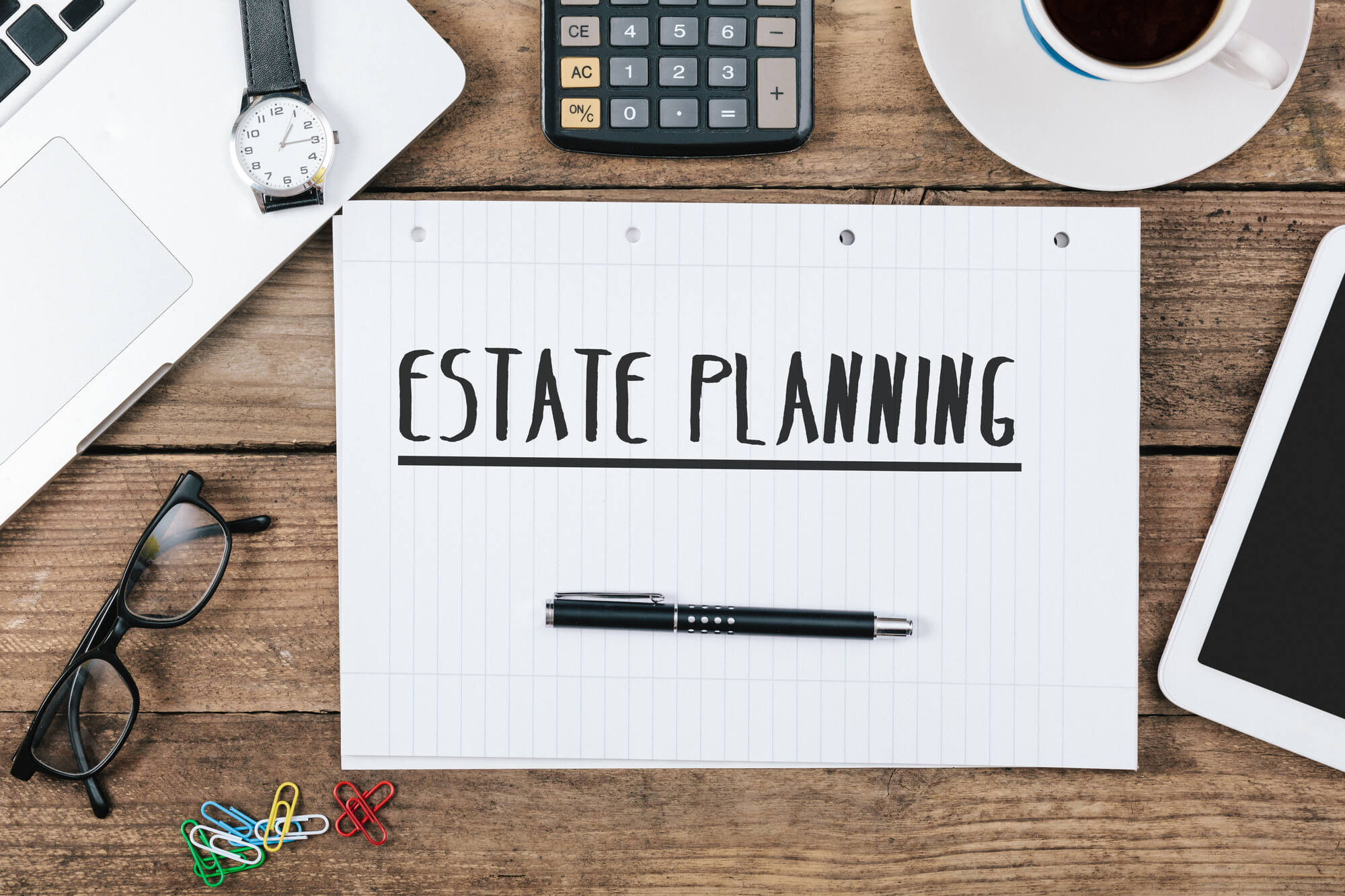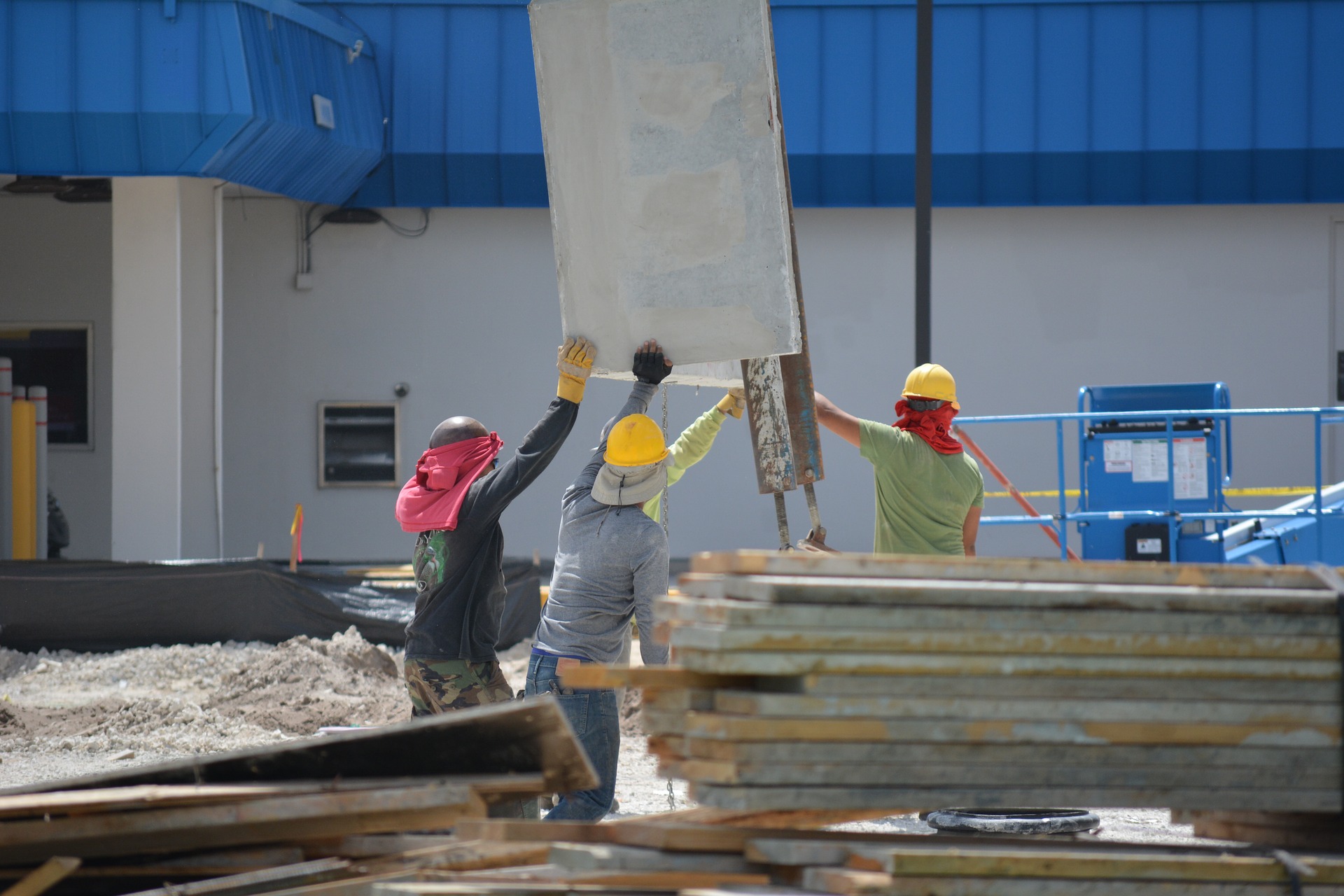Whether your estate is worth $10,000 or 1 million dollars, you’ll want to have an estate plan in place to make sure your assets go to the right people. If you die unexpectedly without a will, much of your estate will get eaten up in taxes and lawyer fees to settle the estate and the money may not end up where you intend it to.
Keep reading for 5 easy estate planning tips to make sure your affairs are in order should anything happen.
5 Estate Planning Tips You Should Take Now:
Did you know that more than half of all Americans don’t have a will? As unpleasant as it may be to think about planning for your death, it’s necessary to protect your assets and your family. Take steps now to make sure your family doesn’t have to stress about dealing with your assets upon your death.
Here are some estate planning tips to make the process easy and painless.
1. Determine What Assets You Have:
Before writing your will, going to an attorney, or planning your estate, you need to know what you have. Take an inventory of all of your assets and liabilities to determine what you are worth.
Property, retirement accounts, bank accounts, investments, and life insurance policies. You’ll need to list all of your assets to determine who gets what and how much of it they get. Some assets, such as a business, will require special consideration in your will or estate plan.
2. Decide Who Gets What and How It’s Distributed:
Now that you know what you have, you’ll need to decide who (or what) your beneficiaries will be. Spouses, children, other family members, charitable organizations, etc. who get any part of your estate will be designated.
Not only do you need to decide who gets your assets, but you will also need to specify how much or what percentage they get. If you have life insurance through your employer or another policy or other retirement accounts with designated beneficiaries, make sure you keep those updated.
If you get married, divorced, or have more children, you may want to modify the stated beneficiaries on those policies.
3. Take Steps to Minimize Estate Taxes:
If there might be significant taxes that your beneficiaries will owe, you can take steps to minimize these taxes ahead of time. You could leave taxable assets to charities or other non-profit organizations, take out life insurance policies to cover any estate taxes, or gift money to your beneficiaries before your death.
4. Choose Who Will Run the Estate:
You’ll need to choose an executor of your will. This could be a family member or an attorney, depending on the complexity of your estate. Choose someone whom you trust.
You also will want to select someone to have the power of attorney if you become incapacitated. A health care directive is also smart to have, as this will allow your designee to make major medical decisions on your behalf should you be unable to.
5. Consider Hiring an Estate Planning Expert:
Consider hiring a probate attorney to handle all of this for you. They will walk you through the process, advise you on the best course of action, and then handle any issues with the estate after your passing.
The Bottom Line:
Although no one wants to think about their death, making sure your assets are protected and that your beneficiaries are taken care of is a smart move to make. Use these estate planning tips to get yourself started.
For more lifestyle tips and resources, explore some of our other blog posts.
Read Also:






















